In the book "WinSock Programming Fundamental: A Compilation", there is this diagram for IOCP:

I understand that the completion notifications arrive at the completion port, and that the four queued threads call GetQueuedCompletionStatus() to get a completion packet. But what does the other two worker threads shown below the completion port do, is it that these threads also call GetQueuedCompletionStatus() but they have already received a completion packet, and they are now processing it?